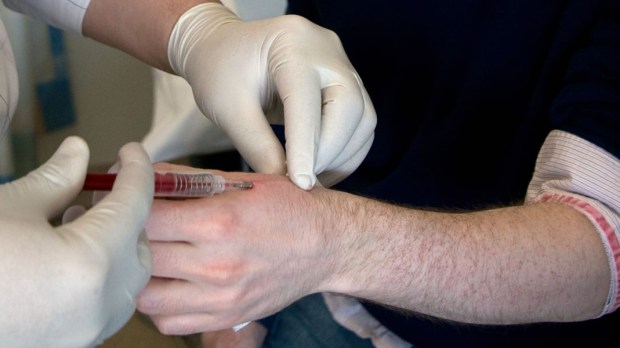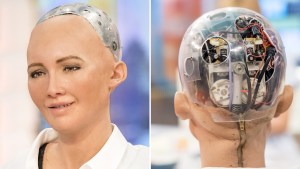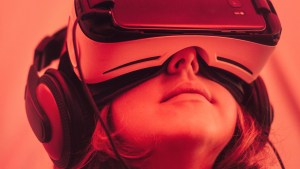Arnie Szoke, in West London, pays for groceries with his hand alone. Brandon Dalaly, in Detroit, no longer carries his car or house keys with him: He’s got a chip in his left hand that allows him to open the door to his house, and another one in his right hand that allows him to start his Tesla. Chip implants are becoming more popular and available by the day.
Dalaly and Szoke are far from being alone. In Sweden, more than 4,000 people are already using body chips linked to their bank accounts, as the country as a whole is moving toward a cashless society.
As Columbia University engineering and data science professor Hod Lipson told Dan Bowens:
“Our lives are going to be intertwined with robots and A.I. increasingly, in complex ways that we can’t even imagine today.” This intertwining implies the blurring of the boundaries between the physical and the digital-virtual. This indistinction would eventually become, according to Lipson, “an extension of human thought, allowing mankind and machine to exist more efficiently.”
A matter of hybrid potentialities
But what does efficiency mean, or why would anyone need to be machine-like efficient? Do humans need to go “full virtual,” or become “hybrid” to be “efficient”?Do we really need to be efficient?
It is not clear whether the alleged blurring of the distinction of the virtual and the real, and its annex promise of efficiency is that attractive after all.
As the Peruvian philosopher Victor J. Krebs explains, due to the preeminence of the “virtual” in our lives (and especially during and after COVID-19), our understanding of the “virtual” keeps on changing and, thus, needs to be critically revised over and over.
In his recently published book, Human Virtuality and Digital Life, Krebs analyzes our understanding of the virtual as a prosthetic extension (or “expansion”) of our already natural capacities and functions. Most of the time, the virtual is conceived as either an enhancement (“augmented” reality) or as copy of the already-existing universe (“virtual” reality). Hybridity would imply a physical enhancement like those already existing in virtual universes; instead of carrying our wallets with us, we would “enhance” our physical capacities into the virtual by carrying a physical chip able to bring together the physical (opening the door to our house) and the virtual (all the functions one finds in a “smart home”) in our everyday lives.
However, Krebs explains, the idea of the “virtual” was originally linked, even etymologically, with potentialities instead. The medieval Latin virtualis derives from the original Latin virtus, meaning not necessarily “virtue” (as one might naturally assume) but rather “potency,” designating different capacities living beings have: a seed is potentially (virtually) a tree, and a tree is potentially (virtually) a log cabin.
Can these enhancements help its users become what they potentially are? Moreover, can they help us answer the fundamental question asking what are human beings in potency?




